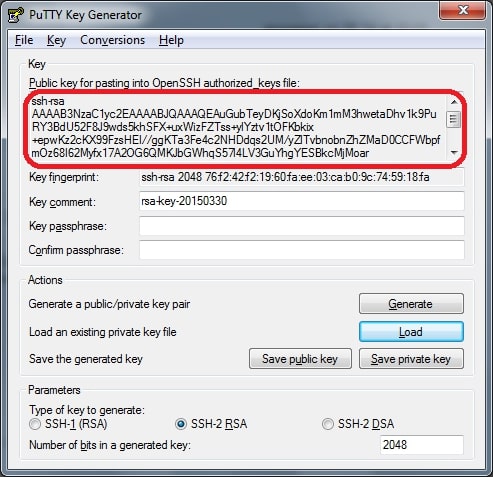Specifies a file from which the user's DSA, ECDSA or DSA authen‐ tication identity is read. Improve this answer. Follow answered. What you need to do is specify which private key to use in the /.ssh/config file. A tutorial on configuring SSH Server to Authenticate with Private/Public Keys using Ubuntu Linux http://www.danscourses.com/Linux-Fundamentals/how.

In PhpStorm, you can save the remote server SSH connection parameters as a dedicated SSH configuration. The created configuration can be then used for configuring remote interpreters, connecting to SFTP deployment servers, and launching SSH sessions.
In the Settings/Preferences dialog Ctrl+Alt+S, go to Tools | SSH Configurations.
In the left-hand pane that lists all the existing SSH configurations, click .
Use the Visible only for this project checkbox to configure the visibility of the server access configuration.
Select the checkbox to restrict the use of the SSH configuration to the current project. Such SSH configuration cannot be reused outside the current project. It does not appear in the list of available configurations in other projects.
The SSH configurations are stored in the .idea directory together with the project, which allows sharing them between team members through a VCS.
When the checkbox is cleared, the SSH configuration is visible in all PhpStorm projects. Its settings can be reused across several projects.
In the Host, User name, and Port fields, specify the connection parameters. If necessary, you can provide the outgoing port in the Local port field. Otherwise, the port is selected automatically.
Choose the way to authenticate to the server. Do one of the following:
Password: to access the host with a password. To save the password in PhpStorm, select the Save password checkbox.
Key pair (OpenSSH or PuTTY): to use SSH authentication with a key pair. To apply this authentication method, you must have a private key on the client machine and a public key on the remote server. PhpStorm supports private keys that are generated with the OpenSSH utility.
Specify the path to the file where your private key is stored and type the passphrase (if any) in the corresponding fields. To have PhpStorm remember the passphrase, select the Save passphrase checkbox.
OpenSSH config and authentication agent: to use SSH keys that are managed by a credentials helper application (for example, Pageant on Windows or ssh-agent on macOS and Linux).
See the Generating a new SSH key and adding it to the ssh-agent tutorial for details on working with SSH keys.
If you select the OpenSSH config options, PhpStorm parsers OpenSSH directives recorded in SSH config file: /etc/ssh/ssh_config > and ~/.ssh/config on Linux and macOS, or C:Users<username>.sshconfig on Windows. PhpStorm supports a limited set of OpenSSH directives.
Click the Test connection button to make sure that the settings are correct and PhpStorm can connect to the target server.
Supported OpenSSH directives
IMPORTANT: Before following the steps below, ensure that you have enabled the SSH server (disabled by default) and that your application server is running.
To configure the SSH server to support key-based authentication, follow these steps:
Ssh With Key File
Log in to the server console as the bitnami user.
Create a key pair, consisting of a public and private key, as shown below. Set a long passphrase when prompted.
This command should create two files named id_rsa and id_rsa.pub in the /home/bitnami/.ssh directory.
Copy the private key file named id_rsa to a secure location. Do not share this private key file.
Transfer the contents of the public key file to the /home/bitnami/.ssh/authorized_keys file:
Edit the /etc/ssh/sshd_config and uncomment (or add if not already present) the following lines:
In the same file, disable basic password authentication (if not already disabled). Uncomment or add the following lines:
Restart the SSH server for the new configuration to take effect:
Ssh Config File Private Keys
You can now use the private key file to connect to the virtual machine using SSH.
